
3C7A Bioko Island Fernando Po Island News
Bioko ( / biːˈoʊkoʊ /; historically Fernando Po; Bube: Ëtulá a Ëri) is an island 32 km (20 mi) south of the coast of Cameroon, and 160 km (99 mi) north east of the northernmost part of Equatorial Guinea. Malabo, on the north coast of the island, is the capital city of Equatorial Guinea. Its population was 335,048 at the 2015 census and.

Bioko Island or Fernando Po Island in the Republic of Equatorial Guinea
Operation Postmaster was a British special operation conducted on the Spanish island of Fernando Po, now known as Bioko, off West Africa in the Gulf of Guinea, during the Second World War.The mission was carried out by the Small Scale Raiding Force (SSRF) and the Special Operations Executive (SOE) in January 1942. Their objective was to board the Italian and German ships in the harbour and.

The Peak Of Fernando Po. Fernando Po In Equatorial Guinea, Now Called
Malabo, capital of Equatorial Guinea.It lies on the northern edge of the island of Bioko (or Fernando Po) on the rim of a sunken volcano. With an average temperature of 77 °F (25 °C) and an annual rainfall of 75 inches (1,900 mm), it has one of the more onerous climates in the Bight of Biafra (Gulf of Guinea). Malabo is the republic's commercial and financial centre.

Pin on Elder Dempster
Bioko ( / biːˈoʊkoʊ /; [3] historically Fernando Po; Bube: Ëtulá a Ëri) is an island 32 km (20 mi) south of the coast of Cameroon, and 160 km (99 mi) north east of the northernmost part of Equatorial Guinea. Malabo, on the north coast of the island, is the capital city of Equatorial Guinea.
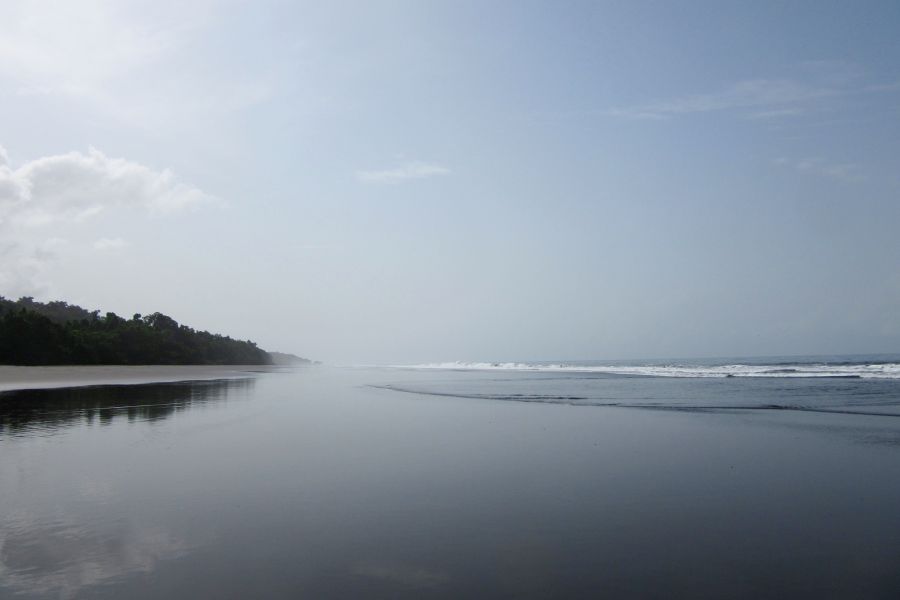
3C7A Bioko Island Fernando Po Island
Spain mounted an expedition to Fernando Po, led by the Conde de Argelejos, who stayed for four months. In October 1778, Spain installed a governor on the island who stayed until 1780, when the Spanish mission left the island. Chief Molambo was succeeded by another local leader, Lorite (1760-1810), who was succeeded by Lopoa (1810-1842).

Big Blue 18401940 Fernando Po
At first, the Portuguese and then the Spanish focused primarily on the island of Fernando Po (which was named after the first Portuguese explorer to reach it), later to be known as Bioko. Unlike other Atlantic islands, however, Fernando Po remained a story of failed Portuguese and then Spanish imperialism until the early twentieth century.
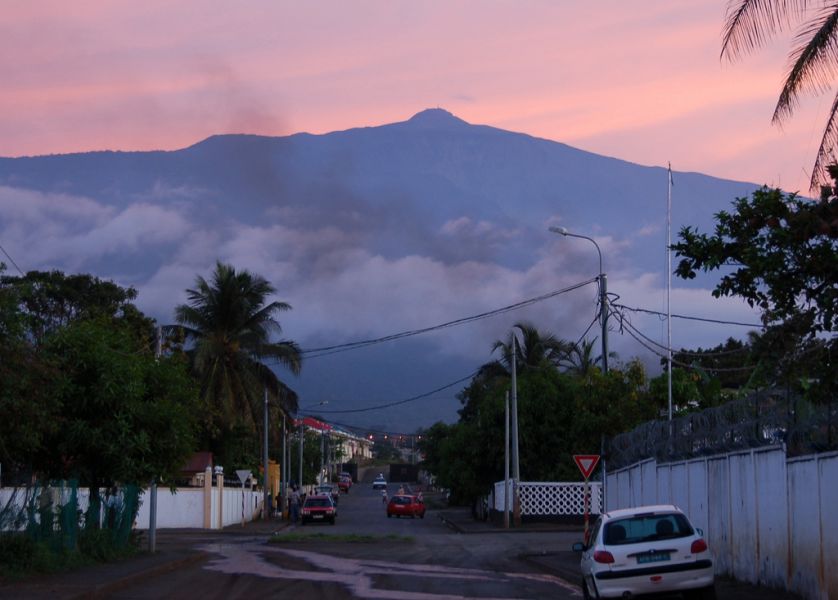
3C7A Bioko Island Fernando Po Island News
Father Antonio Aymemí lived on West Africa's Fernando Po island, now called Bioko Island, working with the indigenous Bubi tribe as a Catholic missionary from 1894 until his death in 1941. The Bubis had migrated to Bioko from the West African mainland some 3,000 to 5,000 years before Portuguese explorer Fernando Po discovered the island in 1471.

The Want of Kings IC Page 45 Sufficient Velocity
v. t. e. Fernão do Pó ( Portuguese pronunciation: [fɨɾˈnɐ̃w du ˈpɔ]; fl. 1472), also known as Fernão Pó, Fernando Pó or Fernando Poo, was a 15th-century Portuguese navigator and explorer of the West African coast. He was the first European to see the islands in the Gulf of Guinea around 1472, one of which until the mid-1900s bore a.

Big Blue 18401940 Fernando Po
Bioko, island of Equatorial Guinea, western Africa, lying in the Bight of Biafra (Gulf of Guinea) about 60 miles (100 km) off the coast of southern Nigeria and 100 miles (160 km) northwest of continental Equatorial Guinea. In 1973 the island, then called Fernando Po, was renamed Macias Nguema Biyogo Island after the first president of the country, but Bioko became the local official name after.
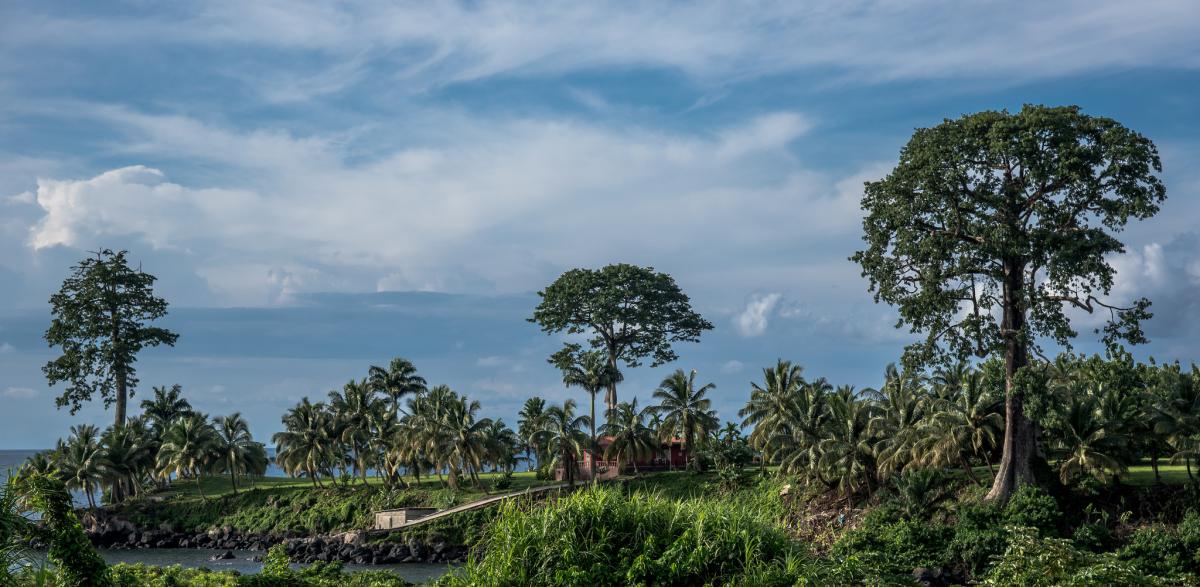
3C3W Bioko Island Fernando Po Island
FERNANDO PO, or Fernando Poo, a Spanish island on the west coast of Africa, in the Bight of Biafra, about 20 m. from the mainland, in 3° 12' N. and 8° 48' E. It is of volcanic origin, related to the Cameroon system of the adjacent mainland, is the largest island in the Gulf of Guinea, is 44 m. long from N.N.E. to S.S.W., about 20 m. broad, and has an area of about 780 sq. m. Fernando Po is.

Digging the Dust September 2015 Guinea Africa, Magic Island, Colonial
The island that came to be called Fernando Po (later Bioko) was sighted by the Portuguese explorer Fernão do Pó about 1472. At first it was called Formosa ("Beautiful"). Annobón was probably sighted by Ruy de Sequeira on a New Year's Day (hence the name, which means "Good Year") between 1472 and 1475, most likely that of 1474. By the Treaty of Tordesillas (June 7, 1494), the.
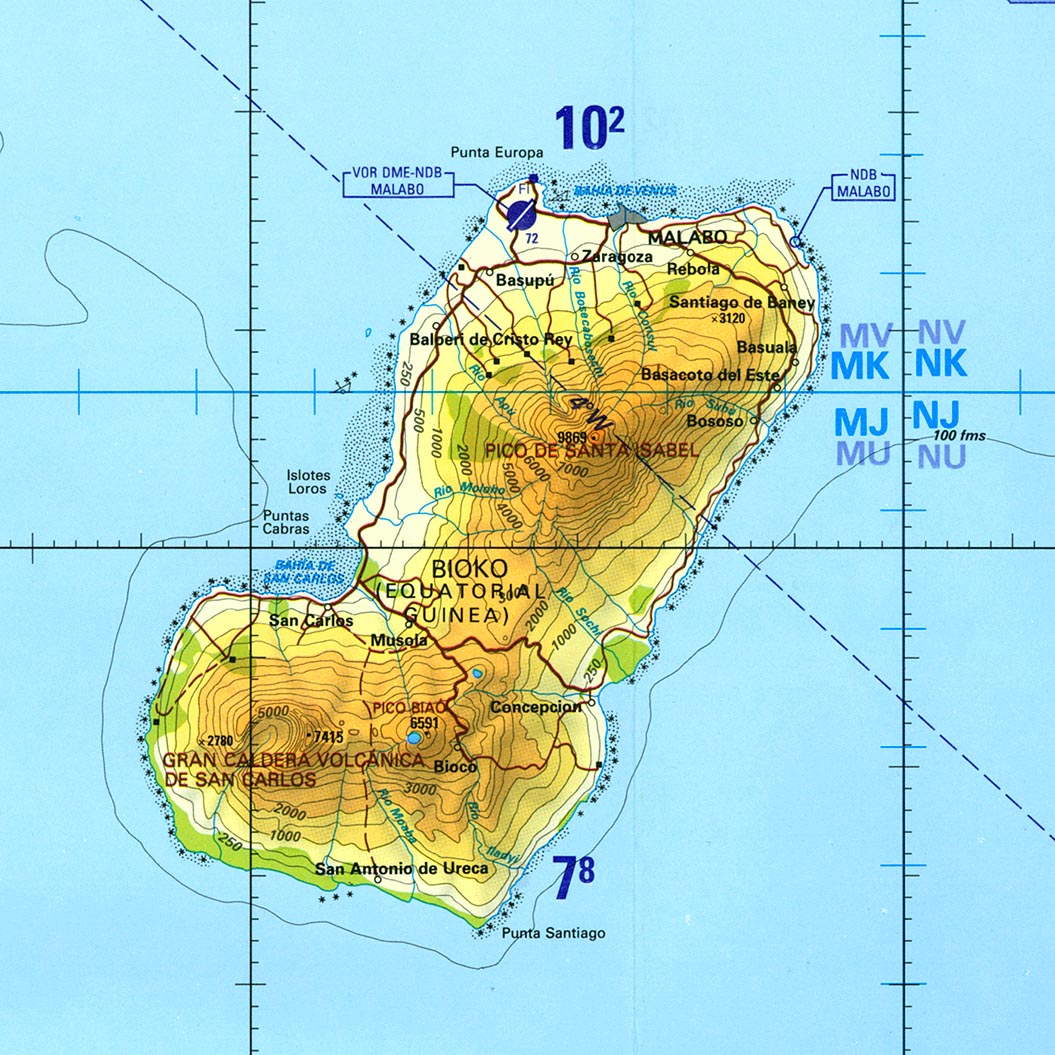
BiokoFernando Po island Map • mappery
B ioko Island, also known as Fernando Póo or Fernando Po, lies off the southern Nigeria coast and northwest of mainland Equatorial Guinea. Little known outside of the region, Bioko Island is a paradise waiting to be discovered.. Bioko Island was first spotted by Europeans around 1472 by a Portuguese explorer named Fernão do Pó, and was.

3C3W Bioko Island Fernando Po Island
SANTA ISABEL, Fernando Po--The visitor to West Africa might well consider starting from this small jewel of a Spanish island, for it is only 15 miles from the coast of the Cameroon Republic.

Visit San Fernando 2024 Travel Guide for San Fernando, Andalusia Expedia
Fernando Po. Look up Fernando Po in Wiktionary, the free dictionary. Fernando Po may refer to: Fernando Po (island) in Equatorial Guinea, now called Bioko. Fernão do Pó, Portuguese explorer. Fernando Pó, village in Palmela, Portugal. Fernando Pó halt, railway halt in Palmela, Portugal.
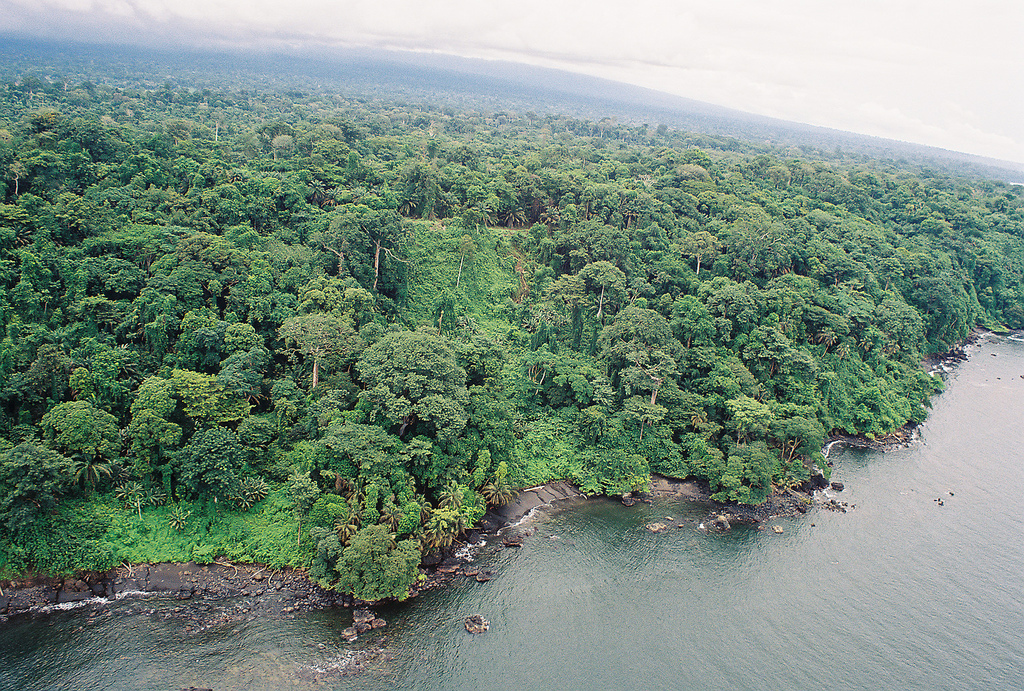
3C0E 3C6A Annobon Island Pagalu Island Bioko Island Fernando
Equatorial Guinea consists of the island of Bioko, for centuries called Fernando Pó; other smaller islands and the mainland territory of Rio Muni. Fernando Pó was named after the Portuguese navigator Fernão do Pó. The island was ruled for three centuries by Portugal until 1778 when it was ceded to Spain.
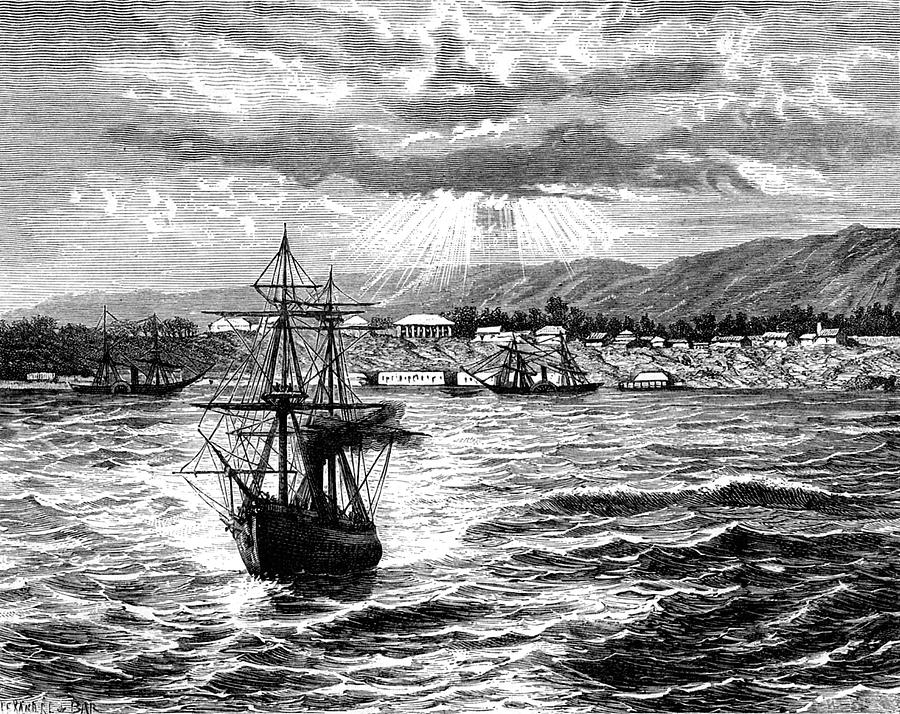
Fernando Po Island Photograph by Collection Abecasis Fine Art America
FERNANDO PO ISLAND, BIGHT OF BIAFRA, WEST AFRICA, Aug. 7.--Had that great his torical navigator, Captain Robinson Crusoe, been wrecked here instead of lighting upon that mysterious islet "near the.